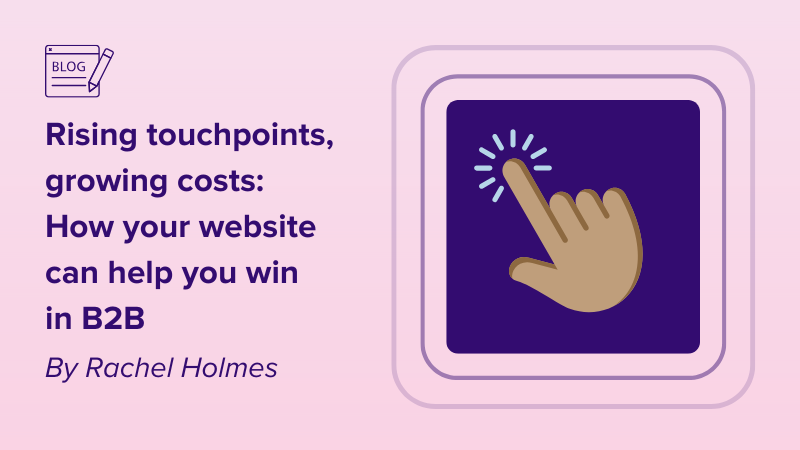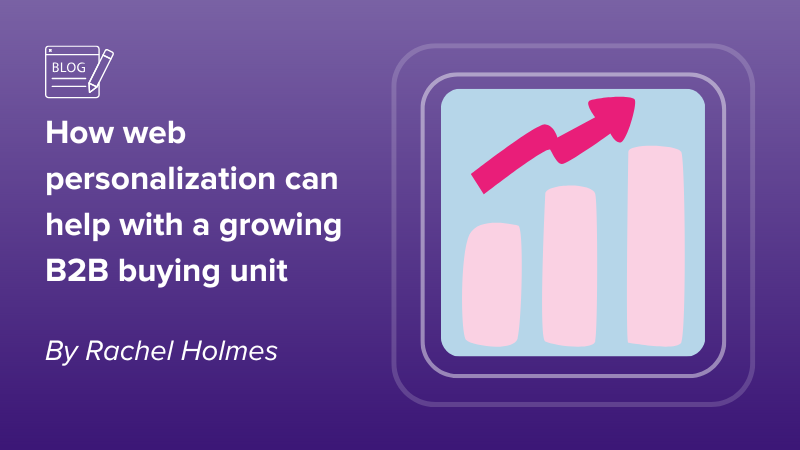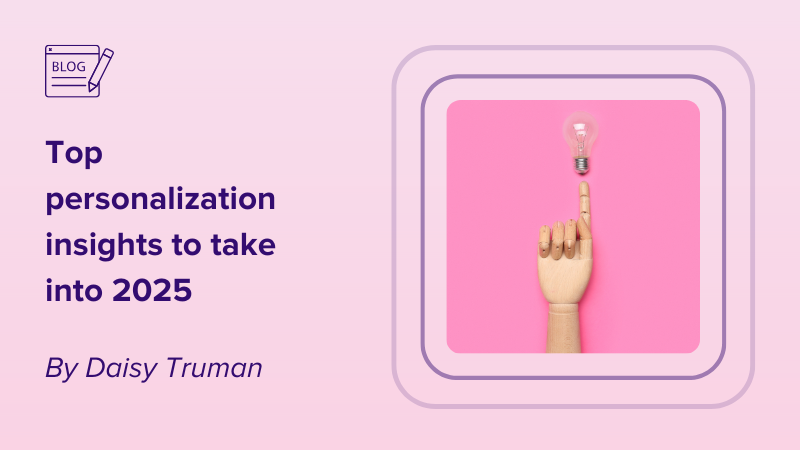Segmentation is a popular marketing tool that enables companies to divide their larger audience into smaller groups that have similarities. Behavioral segmentation is one of a number of different types of segmentation that can be used — you can read more about them here.
It has a number of benefits and has seen great results when implemented. In fact, in an analysis of marketing data from more than 30,000 campaigns by mobile marketing platform Braze, it was found that campaigns sent to well-thought-out customer segments saw 200% greater conversions compared to those sent to more generic audiences.
What is behavioral segmentation?
Behavioral segmentation is one of the four main segmentation approaches. It looks at the buying process of customers, and then groups customers with similar buying behaviors together into one ‘segment’. Businesses can then target companies, customers, and potential customers based on their buying behaviors. These can be segmented in a number of ways — here are five we think are the most useful:
Purchasing behavior
This categorizes customers based on how they behave throughout their buyer journey. Are they price-orientated and like to shop around? Or, are they impulsive and in urgent need of your services? The answer has a huge impact on how the customer should be marketed to.
Timing-based behavior
Timing is everything! And that applies to marketing strategies, too. Consider segmenting customers based on when they purchase — occasion segmentation, the time of year, seasonally, one-off purchases, quarterly patterns etc.
Usage-based
How much or how often are your customers using your service or product? This is called usage segmentation. Start by splitting your customers into a top tier and lower tier based on the quantity they use your business. You can then factor in the amount they spend and number of products or services they use to break it down further.
Customer loyalty
Retaining customers for a long period of time is crucial to the success of a business. So, the customers that have been with you for a long period of time often deserve recognition. Loyalty status marketing is essentially splitting your customers based on loyalty — long term, sporadic, first-time buyers, potential buyers etc.
The benefits the customer is interested in
Different customers have different requirements, needs and interests in your products or services. While a number of businesses may be using the same service, their reasons behind picking you specifically may all be different. Find out why a customer picked you and split your audience this way.
Each segmentation approach we’ve explored is based on the customer’s behavior. As a B2B company, it’s important to remember your customers are businesses. So, you need to apply the above criteria to businesses and their decision makers. Bear in mind that decision makers may change, so your marketing approach may have to as well. Stay on top of your segmentation strategy by ensuring your customers are always receiving content that matters to them.
Now you know a little more about how to segment your audiences by behavior, here are a few reasons we believe you should. There are so many advantages to segmentation, especially as a means for personalization. Here are the Webeo top 5:
The top 5 advantages of behavioral segmentation
It makes marketing that little bit easier
There is no quick and easy approach to marketing. There never was — but arguably, it’s now tougher than ever to stand out from the crowd. With behavioral segmentation, you can make your own life easier. By segmenting by behavior, marketers understand customers’ buying behavior. This helps align marketing and sales teams, as both have a focus on the sale. Segmentation means no marketing communication is wasted; there is less confusion; customers receive a more targeted approach, and marketers now have a clearer understanding of their audience going forward.
It helps you prioritize
Return on investment is an age-old struggle for marketers. Any process that makes it easier is solid gold in our opinion! By segmenting your audience behavior, you can see where the money is being made and where it isn’t. You can put more time, money and effort into cross-selling and upselling to key segments and avoid wasting time on customers that only shop sporadically or spend much less. Long-standing customers should receive benefits, rewards, and a service they won’t forget — and segmentation makes that process much simpler.
The ability to forward plan
Understanding your audience’s behavior is the first step towards being able to forward plan. Learning when audiences want to purchase helps you tackle timing. Getting to know which products sell and which don’t will speed up the product development process. Having an idea of how long each buyer journey takes will enable marketing teams to tailor their approach, send reminders, personalize calls to action and more.
Make predictions and monitor performance
Segmenting audiences opens marketing teams up to an entire world of new data. Once you know what to expect from your customers, you can make predictions based on existing data. And, you can monitor your business’s performance. This allows you to fine-tune your marketing approaches, update communications, and enhance products based on what your customers want or need. Make use of this data and provide a service your competitors can’t beat!
Customers love personalization
Customer segmentation is a steppingstone into marketing personalization. In 2019, a personalized online experience is not just preferred — it’s expected! Don’t let your customers down with generic marketing materials. Behavioral segmentation allows you to give each audience segment exactly what they want based on their previous behaviors. This makes their user journey easier, more enjoyable, and if done well, unforgettable!
It’s clear that behavioral segmentation has tons of benefits for your B2B business. From making the customer feel well and truly valued, to making your return on investment easier than ever to work out. Now, customers want to feel important and the best way to achieve that is by giving them as personal an experience as possible.
Website personalization software, like Webeo, can tailor website visitors’ experiences based on IP address. This means each visitor will see a unique version of your company’s website based on who they are, where they are, and how they interact with your brand — including their buyer behavior! This can include seeing relevant content, product recommendations, tailored welcome messages and personalized calls to action. To find out more, request a demonstration today!





